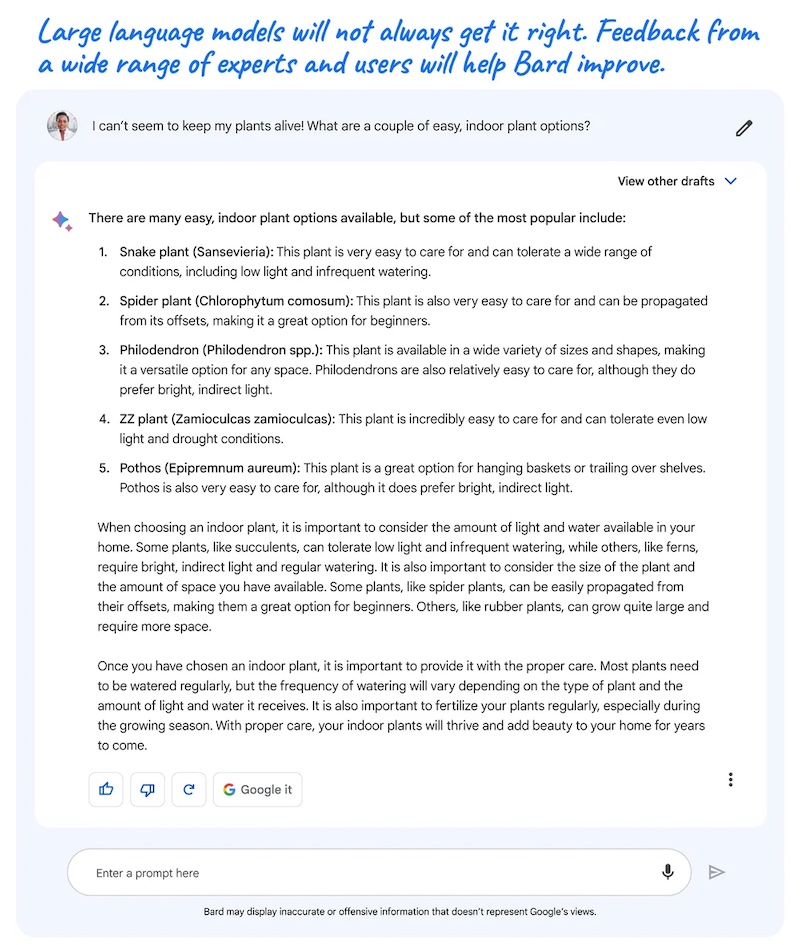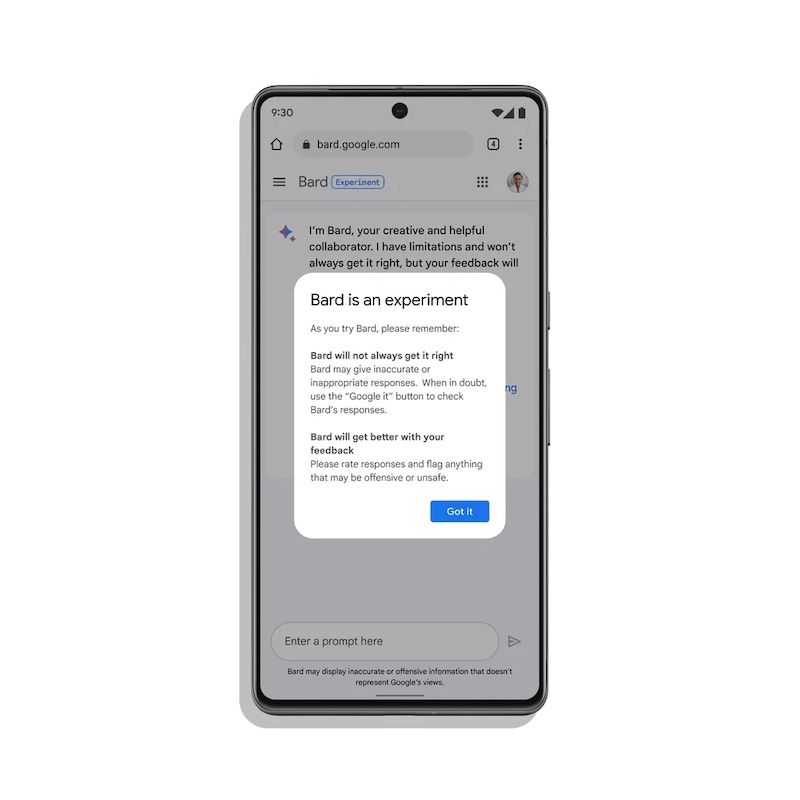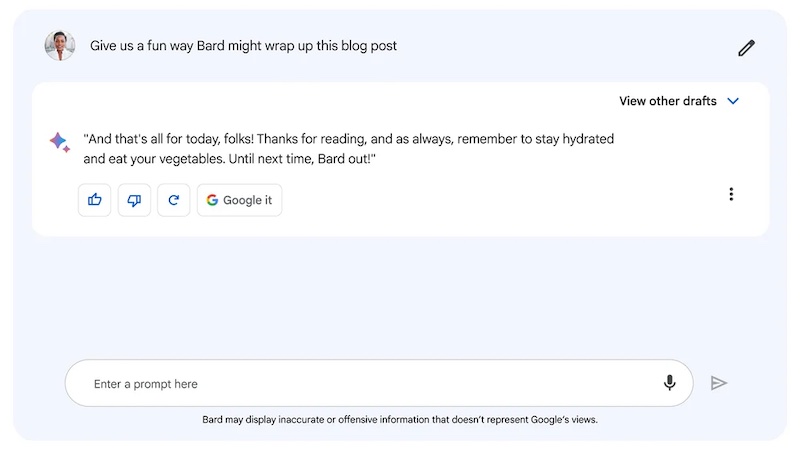Google has announced the launch of BARD (Bidirectional Assistive Robotic Dialogue), an AI-driven chatbot designed to compete with OpenAI’s ChatGPT. Access to BARD is being opened up today as part of the company’s continued efforts to bring valuable AI experiences to individuals, businesses, and communities.
BARD is designed to enhance user productivity, stimulate creativity, and ignite curiosity. Users can seek BARD’s assistance for various tasks, such as offering tips to achieve reading goals, simplifying complex concepts like quantum physics, or brainstorming a blog post outline. Google aims to gather user feedback to further refine and improve BARD’s performance.

Powered by a large language model (LLM), BARD utilizes a lightweight and optimized version of LaMDA, which will be continuously updated with newer, more capable models. LLMs act as prediction engines, generating responses by selecting words based on their likelihood to follow a given prompt. This flexibility allows for more creative responses and helps LLMs become better at predicting helpful answers as more people use them.

Despite their potential, LLMs can occasionally present biased, misleading, or false information. To mitigate these issues, BARD provides users with multiple drafts of its response, enabling them to choose the most suitable starting point. Users can also ask follow-up questions or request alternative answers.

BARD is designed to complement Google Search, with an easy-to-use interface that encourages users to verify their responses or explore sources across the web. Google plans to integrate LLMs more deeply into Search in the future.

In line with Google’s AI Principles, the development of BARD emphasizes quality and safety. The company uses human feedback and evaluation to improve its systems and has implemented guardrails, such as limiting the number of dialogue exchanges, to ensure helpful and on-topic interactions.

Interested users can sign up for BARD’s waitlist at bard.google.com. Access to BARD will initially roll out in the U.S. and U.K., with plans to expand to more countries and languages over time.


